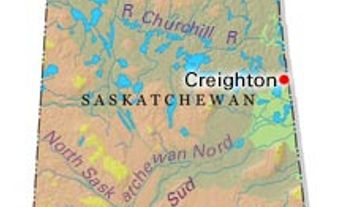
Humboldt
Humboldt, Sask, incorporated as a town in 1907 and as a city in 2000, population 5678 (2011c), 4998 (2006c). The City of Humboldt is located at a railway junction, 113 km east of Saskatoon. Founded on the arrival of the Canadian Northern Railway (1904), it assumed the name of a nearby Dominion Telegraph Line office named for the German scientist, author and explorer Alexander von Humboldt, who travelled extensively throughout North and South America. Situated on the Carlton Trail, Humboldt originally served as a stage depot on the main cart and stagecoach trail from FORT QU'APPELLE to FORT CARLTON.Its designation as a railway divisional point fostered growth, as did the establishment of St Peters Colony (50 townships) by the Roman Catholic Order of St Benedict (1903). Situated on the black soil of the aspen parkland in a relatively risk-free crop area, Humboldt became the colony's largest centre. While certain early commercial enterprises such as wholesale grocers and a tannery have disappeared, others (eg, a flour mill) remained operational until 2008, allowing it to grow as an agricultural service centre. In 1975 Humboldt became the Prairie Provinces' central testing station for agricultural equipment with the opening of the Prairie Agricultural Machinery Institute.

 Share on Facebook
Share on Facebook Share on X
Share on X Share by Email
Share by Email Share on Google Classroom
Share on Google Classroom

